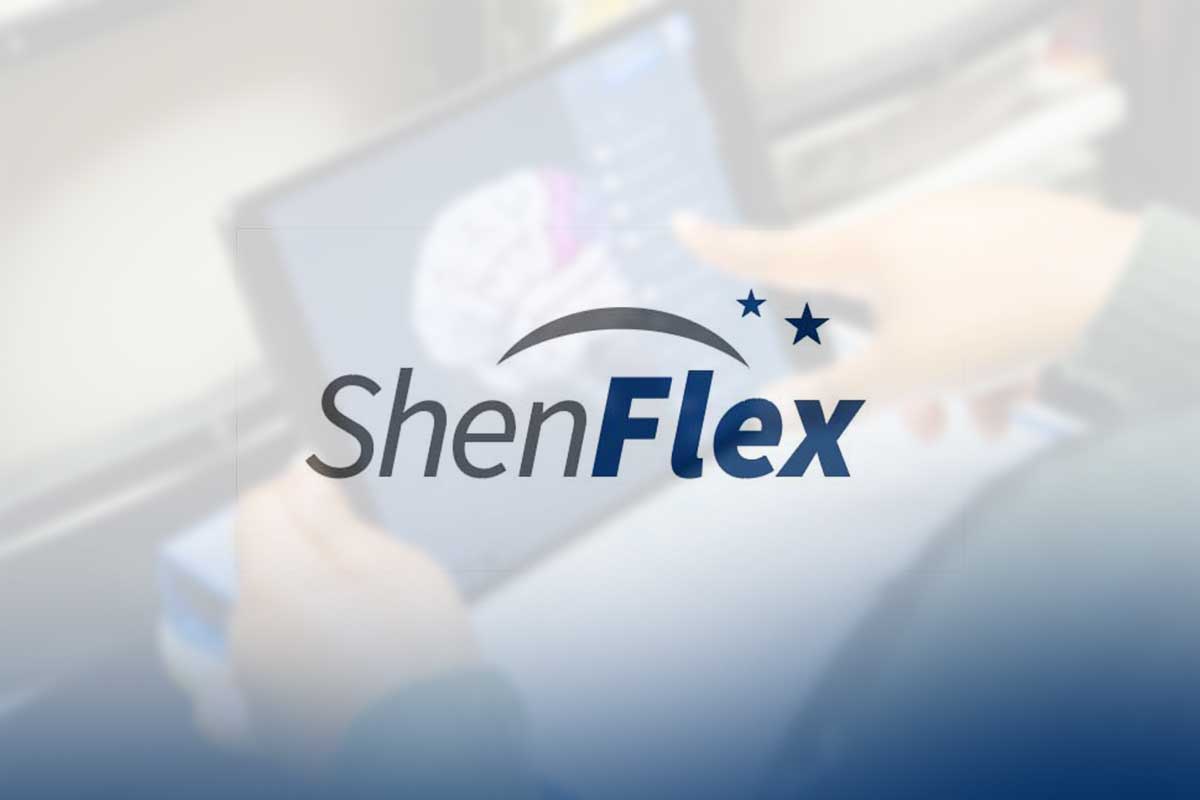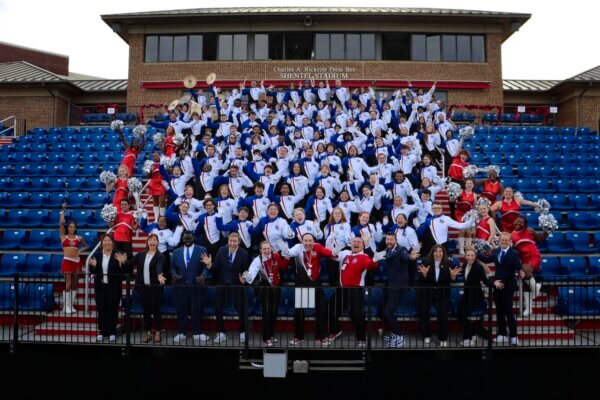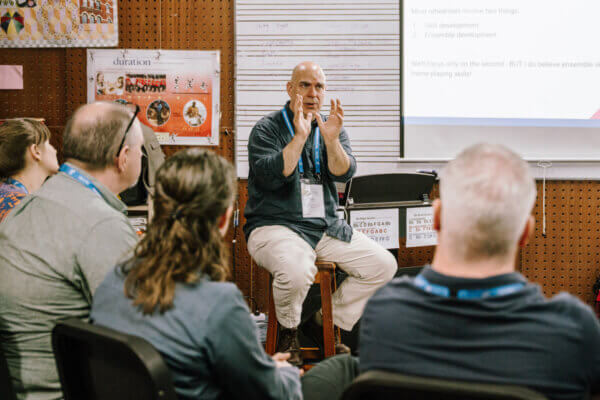Testing Out ShenFlex
Summer classes use new format that will be offered university-wide this fall

When Shenandoah University students return to campus for the 2020 fall semester, the campus experience will be different, as will the learning experience, as the university debuts ShenFlex, which allows teaching and learning to take place face-to-face and online in the same course. Over 900 courses have been transferred to the ShenFlex format.
Shenandoah Director of Esports Joey Gawrysiak, Ph.D., was among the first to test out the new format, offering his Summer II Introduction to Esports class to 13 students via ShenFlex. Dr. Gawrysiak says with ShenFlex, he can offer a traditional lecture, just as he would for a regular face-to-face class, but that may not be the way the content is ultimately received. “I build the class on Canvas as if it was asynchronous [meaning students can access the content whenever they like], but lecture daily as if it was face-to-face. This method really gives maximum flexibility to the students if needed.”
For the Introduction to Esports class, Gawrysiak taught from a room set up to more effectively use Zoom. “The Zoom classrooms have additional microphones and monitors to make teaching a little easier and more engaging, but the typical non-Zoom rooms [which feature an added camera on a small tripod] are just fine to teach in,” he said. “The technology I am using on a daily basis is Zoom (obviously), Canvas, and an online chatroom-type platform called Discord. I have a student monitor our Discord chat for questions and comments. This platform is widely used in gaming for communication so I felt it appropriate to utilize in the classroom.”
As part of his summer pilot, Gawrysiak fully explored all the possibilities inherent in the learning model, as he had students to attend face-to-face, synchronously online and asynchronously online. “For me, that is the best way to use this method to try and understand how it works, what the impact is of different modes of learning, and how to structure courses moving forward.”
ShenFlex has been fantastic so far. I have tried every form of learning in the class (in person, synchronously over Zoom, and asynchronously via recorded lecture), and every one has proven to work well for me. I also have been able to participate in discussions through the use of Discord, so I have not missed out on that portion of SU courses. Overall, it has been a positive experience.”
Caitlyn Graulau ’23 | history and esports media & communication double major
Teaching through ShenFlex does have a bit of a learning curve, particularly because non-verbal cues are lost in the online experience, Gawrysiak said. “I actually cannot even see the students online, so I have to rely on an appointed class leader to let me know if someone has a hand raised or has a comment/question in our chat.” During synchronous and face-to-face instruction, he calls on in-person students and also asks for responses from those attending via Zoom. “We interact outside of class time through the Discord platform, where I can post questions/comments and provide feedback either live or in a scrolling chat room,” he added.
Using all modes – face-to-face, synchronous and asynchronous – at once is unlikely to be the way every class operates, he admits. “Giving this maximum flexibility will not work for all courses and all professors. It’s about finding what each professor is comfortable doing and how they want it set up.”
For Gawrysiak, the biggest benefit of ShenFlex is referred to in the platform’s name – its flexibility.
This gives us a chance to provide the experience our current students know and our incoming students expect. It can be a ‘high-touch’ learning environment for those that learn better that way and are comfortable being in class. It also allows us to pivot quickly if conditions change and we need to go 100% online since our course will already be built as such. I really like the possibilities this method gives us and how it kind of ‘COVID-proofs’ our instruction while still providing that quality teaching environment our students expect and deserve. There is no doubt that this takes some getting used to, but it really is not bad once you understand the setup of the technology and courses on Canvas. The big thing is making sure to record all lectures!!!”
Joey Gawrysiak, Ph.D.





